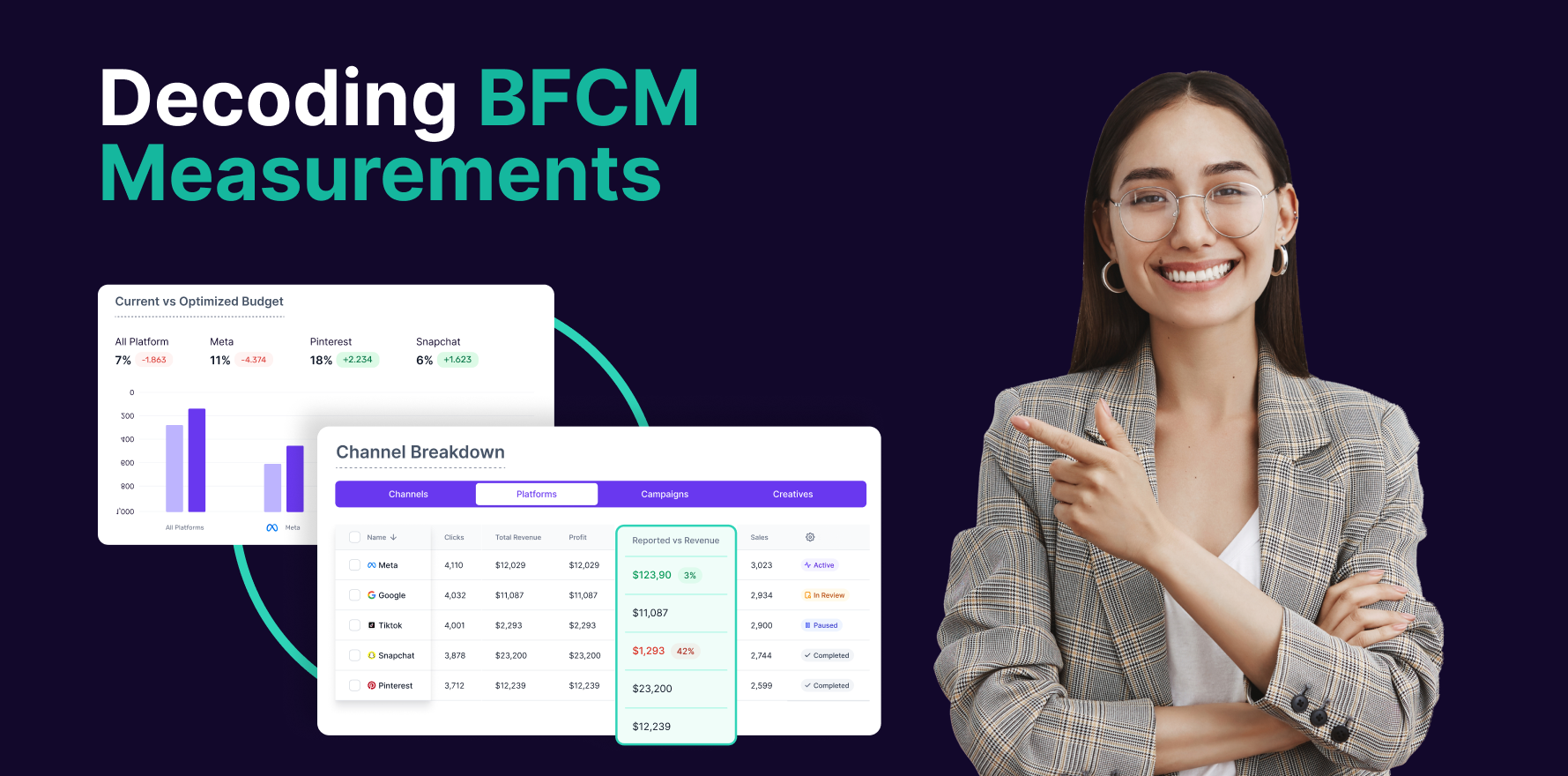
Introduction
Google Search Ads are a powerful tool for businesses looking to capture the attention of potential customers who are actively searching for relevant products or services. By appearing at the top of search engine results pages (SERPs), these ads help increase visibility, drive traffic, and ultimately boost conversions. This guide provides a detailed, step-by-step process for setting up Google Search Ads, ensuring you can effectively leverage this advertising platform to meet your business goals.
Step 1: Define Your Advertising Goals
Before diving into the technical setup, it’s crucial to define what you want to achieve with your Google Search Ads. Common goals include:
- Increasing Website Traffic: Drive more visitors to your website.
- Generating Leads: Capture contact information from potential customers.
- Boosting Sales: Encourage users to make a purchase or complete a transaction.
- Brand Awareness: Increase visibility and recognition of your brand.
Action Items:
- Identify your primary objective.
- Set measurable goals (e.g., 20% increase in website traffic over the next month).
Step 2: Create a Google Ads Account
To begin setting up Google Search Ads, you need a Google Ads account. If you don’t have one, follow these steps:
- Visit Google Ads Website: Go to Google Ads.
- Click on “Start Now”: You’ll be prompted to sign in with your Google account.
- Enter Business Information: Provide details about your business, such as website URL and industry.
- Set Up Billing Information: Enter your payment details to fund your campaigns.
- Choose Your Goals: Select the goals you defined earlier (e.g., website traffic, leads).
Action Items:
- Sign up and set up your account.
- Configure billing and payment settings.
Step 3: Conduct Keyword Research
Keywords are the foundation of Google Search Ads. Conduct thorough keyword research to identify terms that potential customers are searching for.
- Use Keyword Planner Tool: Access Google’s Keyword Planner tool within Google Ads.
- Enter Seed Keywords: Start with general keywords related to your business.
- Analyze Keyword Suggestions: Review suggested keywords and their metrics.
- Evaluate Keyword Metrics: Focus on metrics like search volume, competition, and cost-per-click (CPC).
Action Items:
- List primary and secondary keywords.
- Organize keywords into relevant groups or themes.
Step 4: Create a New Campaign
With your account set up and keywords selected, it’s time to create your ad campaign.
- Go to Google Ads Dashboard: Navigate to your Google Ads account dashboard.
- Click on “New Campaign”: Select the “+” button or “Create Campaign” option.
- Choose Campaign Type: Select “Search” for Google Search Ads.
- Set Campaign Goals: Revisit your advertising goals and set them for this campaign.
- Select Campaign Settings: Configure settings such as network (Search Network only), locations, languages, and budget.
Action Items:
- Define your campaign settings and goals.
- Set your budget and bidding strategy.
Step 5: Set Up Ad Groups
Ad groups are crucial for organizing your ads and keywords. Here’s how to set them up:
- Click on “Ad Groups”: Within your campaign, find the “Ad Groups” tab.
- Create New Ad Groups: Click on “+ New Ad Group” and name it according to the keyword theme.
- Add Keywords: Input the keywords you’ve researched and grouped.
- Set Bids: Determine the maximum bid you’re willing to pay for each keyword.
Action Items:
- Organize keywords into relevant ad groups.
- Set appropriate bids for each ad group.
Step 6: Craft Your Ad Copy
Effective ad copy can significantly impact your campaign’s performance. Follow these tips for creating compelling ads:
- Write Headlines: Create up to three headlines, each with a maximum of 30 characters. Include primary keywords.
- Create Descriptions: Write two descriptions, each up to 90 characters. Highlight key benefits and calls to action.
- Include Display URL: This should reflect the page users will land on and be relevant to the ad.
Action Items:
- Draft and review ad copy.
- Ensure ads are clear, compelling, and aligned with your keywords.
Step 7: Configure Ad Extensions
Ad extensions enhance your ads with additional information, making them more appealing and informative.
- Access Ad Extensions: Within your campaign settings, find the “Ad Extensions” section.
- Add Sitelink Extensions: Include additional links to specific pages on your site.
- Use Callout Extensions: Highlight unique selling points or promotions.
- Add Structured Snippets: Provide additional details about your products or services.
Action Items:
- Set up and optimize ad extensions.
- Ensure they add value and enhance your ad’s performance.
Step 8: Review and Optimize Targeting Settings
Proper targeting ensures your ads reach the right audience.
- Geographic Targeting: Set locations where you want your ads to appear.
- Demographic Targeting: Adjust settings based on age, gender, and other demographic factors.
- Ad Scheduling: Choose when your ads will be displayed (e.g., during business hours).
Action Items:
- Refine targeting to match your audience.
- Monitor performance and adjust as needed.
Step 9: Launch Your Campaign
With everything set up, it’s time to launch your campaign.
- Review Campaign Settings: Double-check all settings, including keywords, bids, and ad copy.
- Click on “Publish”: Finalize and activate your campaign.
- Monitor Initial Performance: Keep an eye on your campaign’s early performance to ensure it’s running smoothly.
Action Items:
- Launch your campaign.
- Track initial performance metrics.
Step 10: Monitor and Optimize Your Campaign
Continuous monitoring and optimization are key to a successful campaign.
- Check Performance Reports: Regularly review metrics such as clicks, impressions, CTR, and conversions.
- Adjust Bids and Budgets: Based on performance, tweak your bids and budget allocations.
- Refine Keywords and Ads: Optimize keywords and ad copy based on performance data.
Action Items:
- Analyze performance data.
- Implement changes to improve campaign effectiveness.
Summary
Setting up Google Search Ads involves a structured approach, from defining your goals to continuously monitoring and optimizing your campaign. By following these steps—defining goals, creating a Google Ads account, conducting keyword research, setting up campaigns and ad groups, crafting ad copy, configuring ad extensions, optimizing targeting settings, launching the campaign, and ongoing monitoring—you can effectively leverage Google Search Ads to enhance your online visibility and drive targeted traffic to your business.
Free essential resources for success
Discover more from Lifesight















